For adventurers seeking the ultimate thrill, few experiences rival the conquest of an active or dormant volcano. These geological giants offer not just a challenging climb but also a window into Earth’s raw power and beauty.
From Indonesia’s mystical peaks to Iceland’s otherworldly landscapes, each volcano presents its unique adventure, complete with distinct terrains, cultural significance, and breathtaking views. Whether you’re an experienced mountaineer or an ambitious beginner, these 20 volcanic wonders will ignite your passion for exploration and adventure.
Mount Fuji, Japan
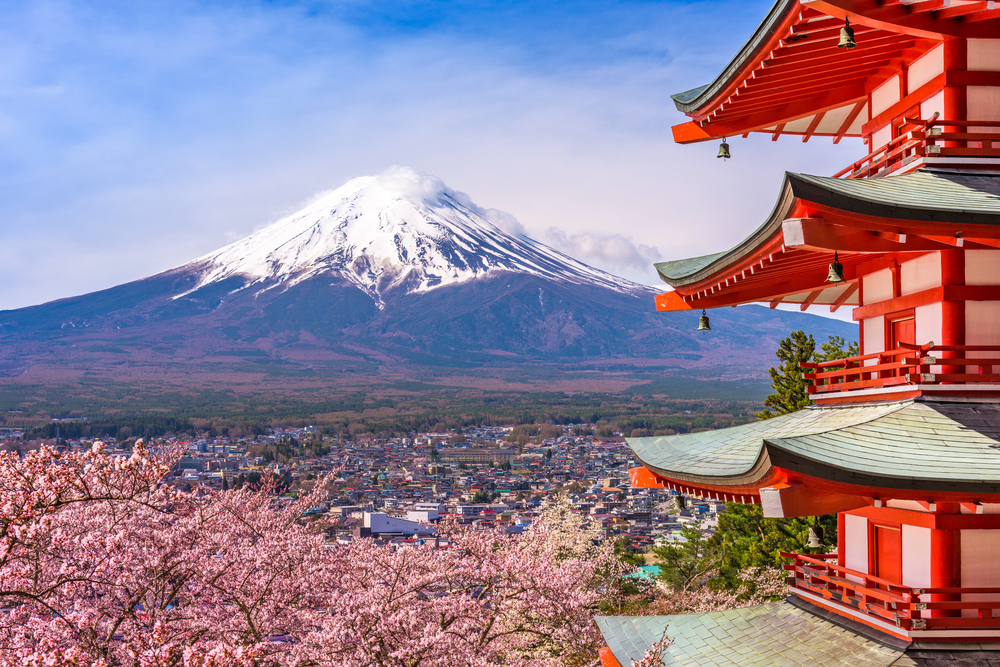
Standing proudly at 12,388 feet, Mount Fuji is Japan’s iconic symbol and most sacred peak. The perfectly conical stratovolcano offers a challenging yet achievable climb that attracts hundreds of thousands of adventurers annually during its official climbing season from July to early September.
While the ascent can be completed in 5-8 hours, many climbers opt for an overnight journey to witness the legendary sunrise (or ‘goraiko’) from the summit. The mountain features ten stations along the way, with the traditional pilgrimage route starting from the fifth station, making it accessible to reasonably fit hikers.
Mount Etna, Italy
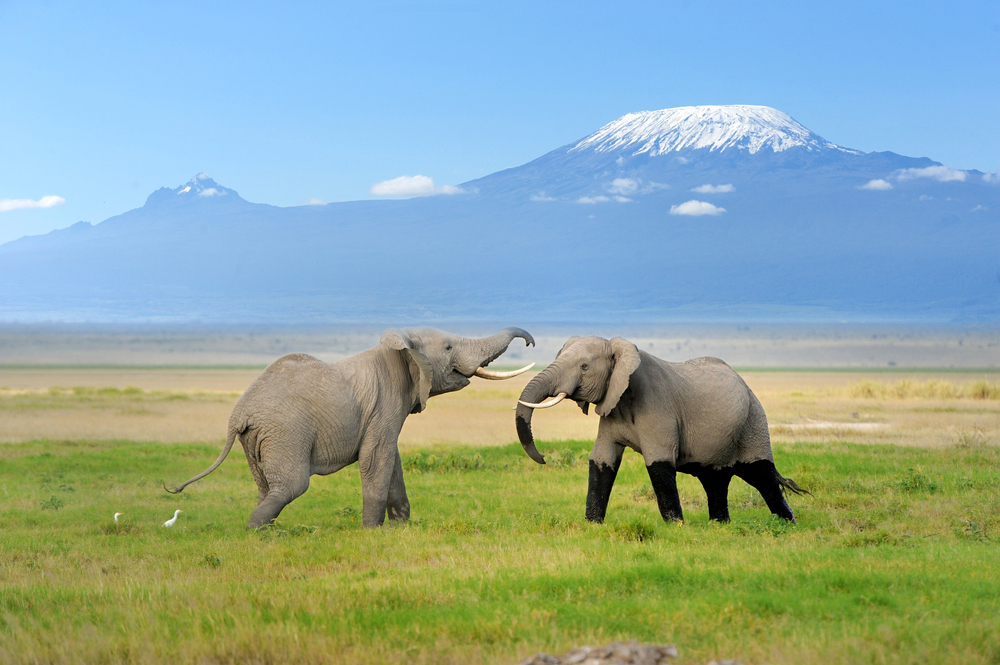
Europe’s largest active volcano, Mount Etna, dominates Sicily’s eastern coastline with its imposing height of 10,922 feet. The volcano’s frequent activity creates an ever-changing landscape of fresh lava flows, smoking craters, and volcanic caves.
Multiple routes of varying difficulty allow visitors to explore different aspects of this UNESCO World Heritage site, from gentle walks through ancient forests to challenging ascents to the summit craters. Local guides share fascinating stories about the ‘Mountain of Fire’ and its influence on regional culture and wine production.
Like Travel Pug’s content? Follow us on MSN.
Mount Kilimanjaro, Tanzania

Rising 19,341 feet above the African savanna, Kilimanjaro is the continent’s highest peak and the world’s tallest free-standing mountain. This dormant volcano complex offers several routes to the summit, with the popular Marangu and Machame paths providing different experiences through five distinct climate zones.
The journey typically takes 5-9 days, allowing proper acclimatization while showcasing dramatic changes in vegetation and landscape. The final push to Uhuru Peak rewards climbers with spectacular views across the plains and the curvature of the Earth.
Arenal Volcano, Costa Rica
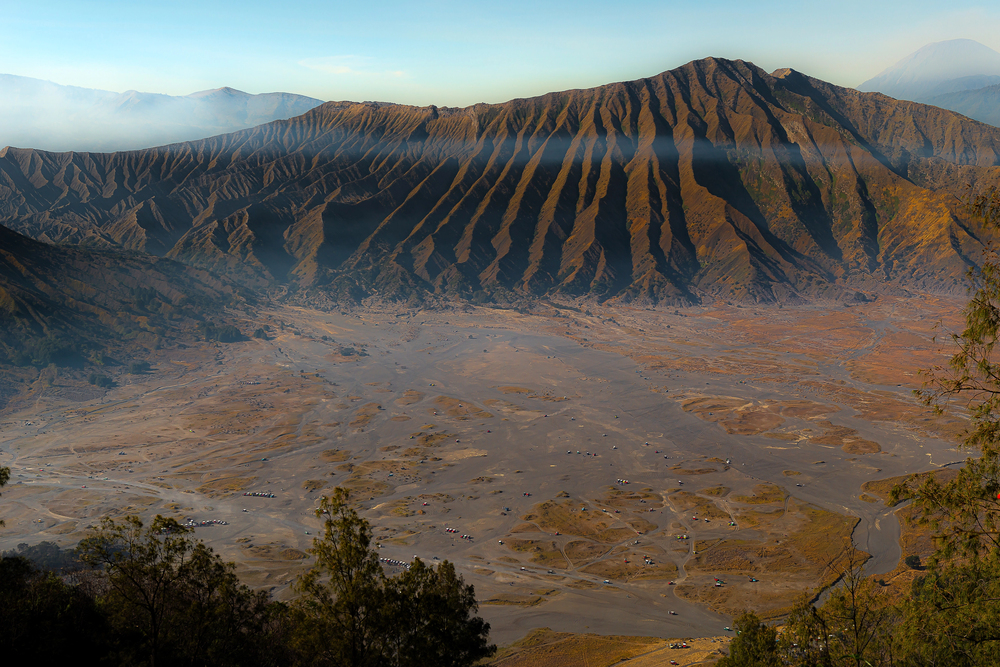
Though currently in a resting phase, Arenal’s perfect cone shape and surrounding rainforest make it one of Central America’s most captivating volcanic adventures. Rising 5,437 feet, the volcano offers several hiking trails that wind through lush vegetation and old lava flows.
While the summit itself is off-limits due to safety regulations, nearby trails provide stunning views of the volcano and access to natural hot springs. The area’s rich biodiversity adds another dimension to the experience, with opportunities to spot toucans, monkeys, and countless other species.
Mount Bromo, Indonesia
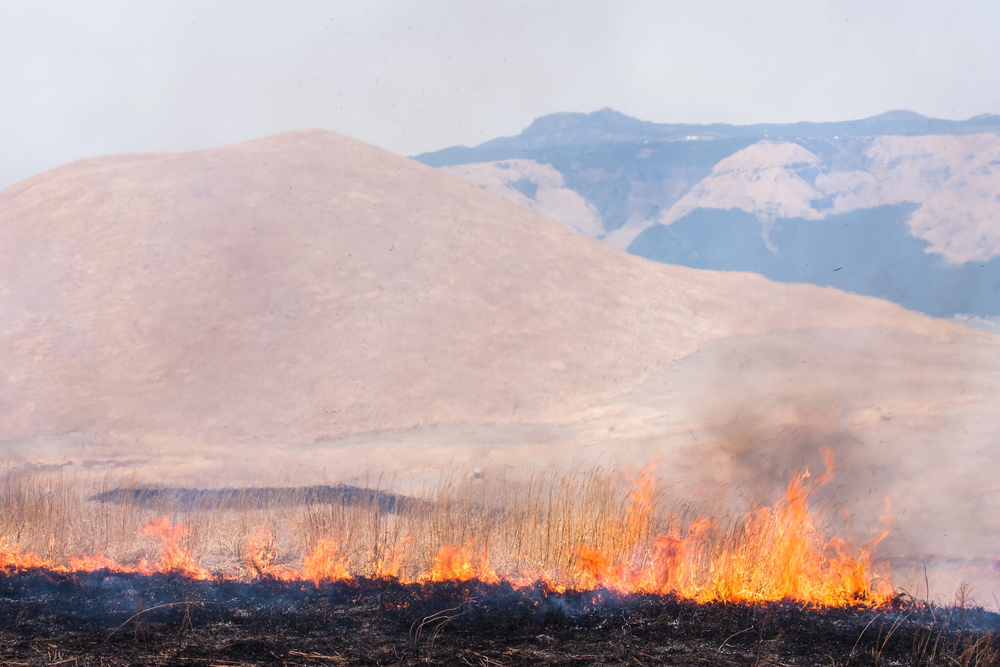
Set within the massive Tengger caldera in East Java, Mount Bromo (7,641 feet) creates one of the most otherworldly landscapes on Earth. The active volcano rises from a sea of volcanic sand, surrounded by steaming vents and other volcanic peaks.
The pre-dawn hike to nearby Mount Penanjakan offers unparalleled views of Bromo and its neighbors emerging from the morning mist. The Hindu Tengger people still perform annual ceremonies at the volcano, adding a cultural dimension to this geological wonder.
Like Travel Pug’s content? Follow us on MSN.
Mount Aso, Japan
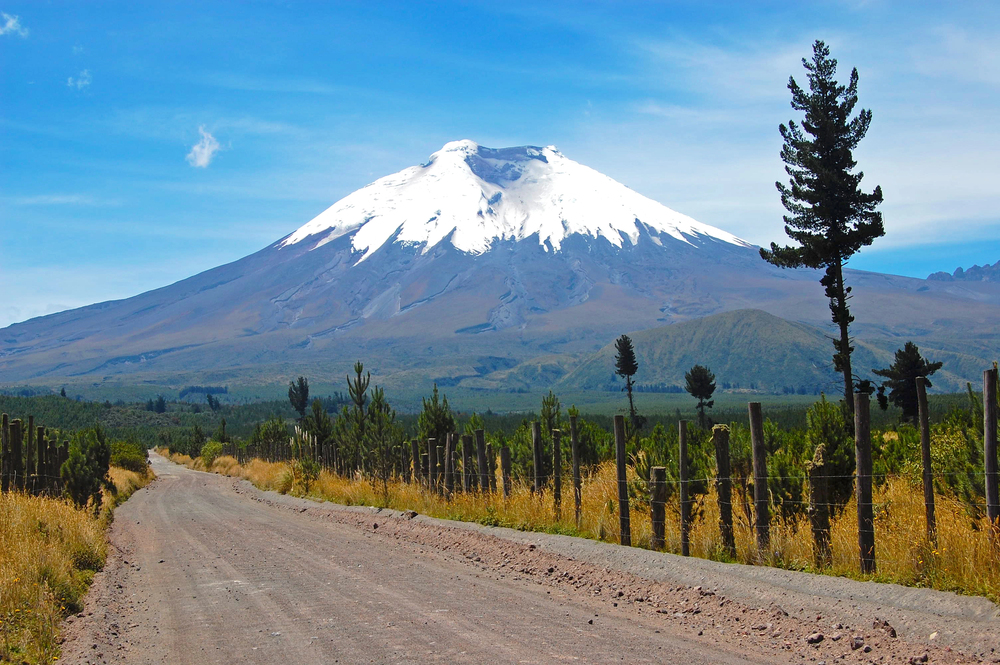
Japan’s largest active volcano complex features one of the world’s largest calderas, spanning 17 miles north-south and 11 miles east-west. The central cone group includes Mount Nakadake, whose crater offers visitors a rare glimpse into the heart of an active volcano.
Hiking trails crisscross the caldera floor, passing through grasslands grazed by horses and cattle. The surrounding area features numerous hot springs, traditional villages, and archaeological sites that tell the story of human adaptation to life beside an active volcano.
Cotopaxi, Ecuador
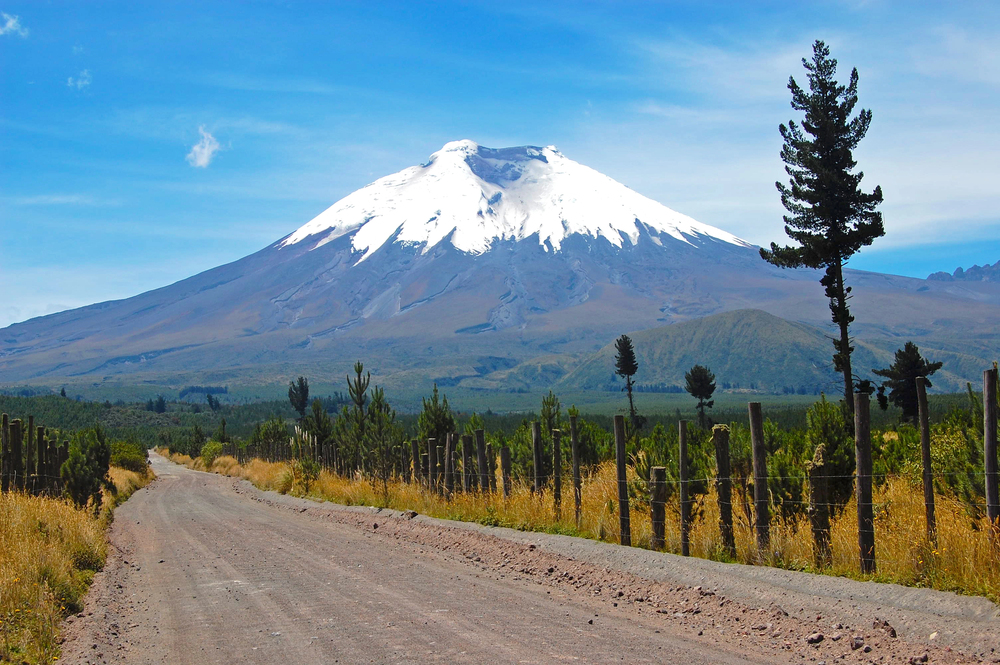
This stunning stratovolcano, rising to 19,347 feet, is one of the world’s highest active volcanoes and a jewel of the Avenue of Volcanoes. The perfectly symmetrical cone, topped with glaciers, provides a challenging technical climb that requires proper acclimatization and ice-climbing skills.
The surrounding national park offers excellent opportunities for wildlife viewing, including Andean condors and wild horses. The climb typically takes two days, with the first day spent practicing glacier techniques at the refuge.
Mount Rinjani, Indonesia
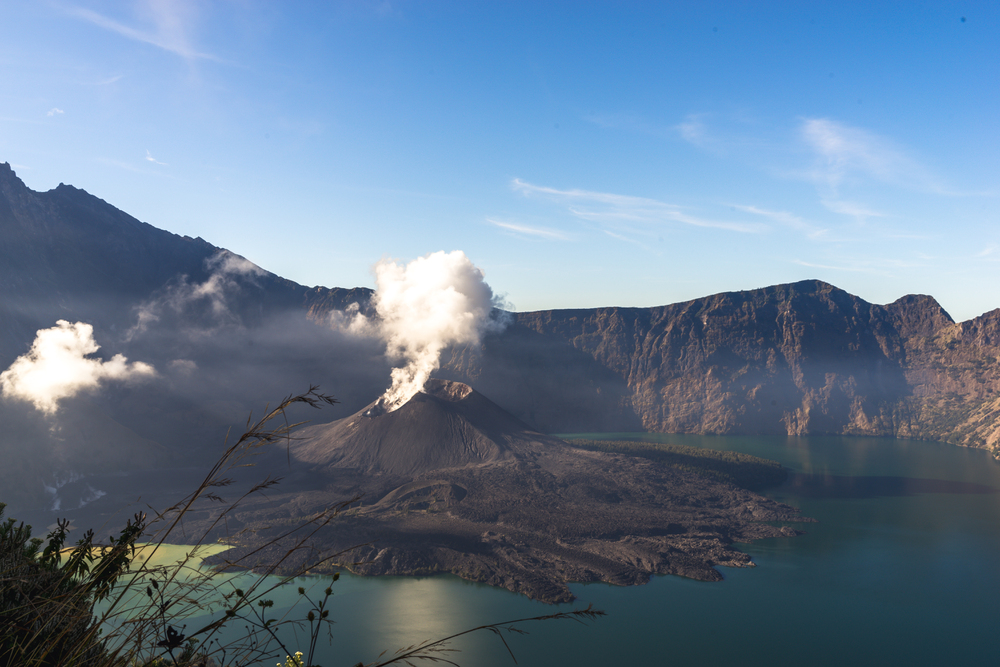
Located on Lombok Island, Rinjani (12,224 feet) features a stunning crater lake and an active volcanic cone. The multi-day trek to the summit passes through tropical forests, traditional villages, and rocky volcanic terrain.
The emerald-colored Segara Anak lake, formed in the caldera, is considered sacred by the local Sasak people. Hot springs near the lake provide a welcome respite for tired climbers, while the summit offers views stretching to Bali and the Gili Islands.
Like Travel Pug’s content? Follow us on MSN.
Mount Ngauruhoe, New Zealand
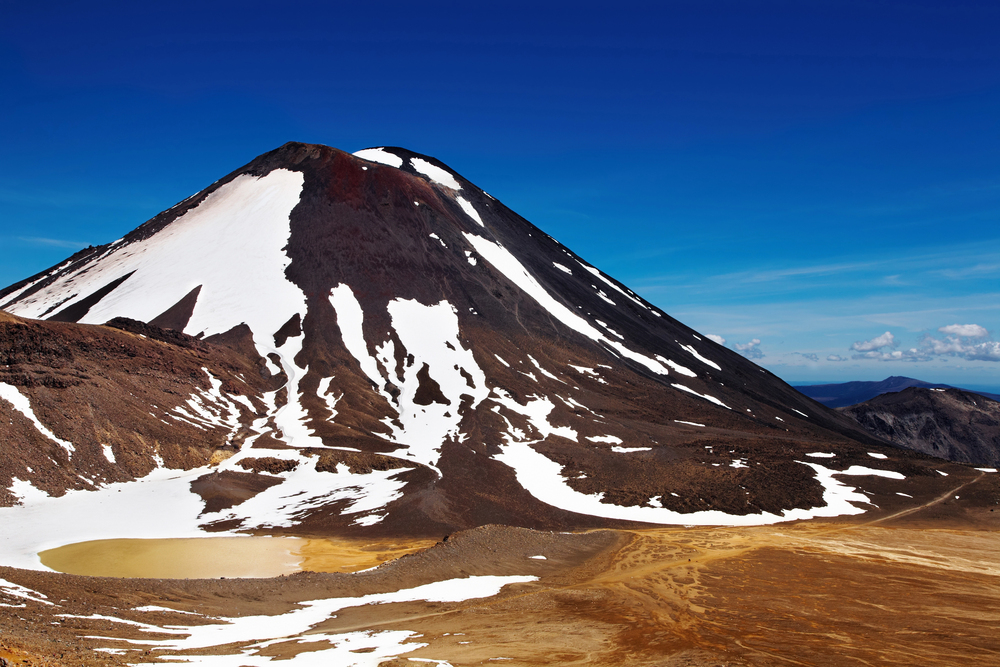
Famous as ‘Mount Doom’ in The Lord of the Rings films, this symmetrical volcanic cone rises 7,516 feet within Tongariro National Park. The steep scree slopes make for a challenging ascent, but the views from the top encompass the entire volcanic plateau.
The surrounding Tongariro Alpine Crossing is often rated as New Zealand’s best day hike. The volcanic landscape features colorful mineral lakes, steam vents, and ancient lava flows that create an almost martian environment.
Volcan Villarrica, Chile
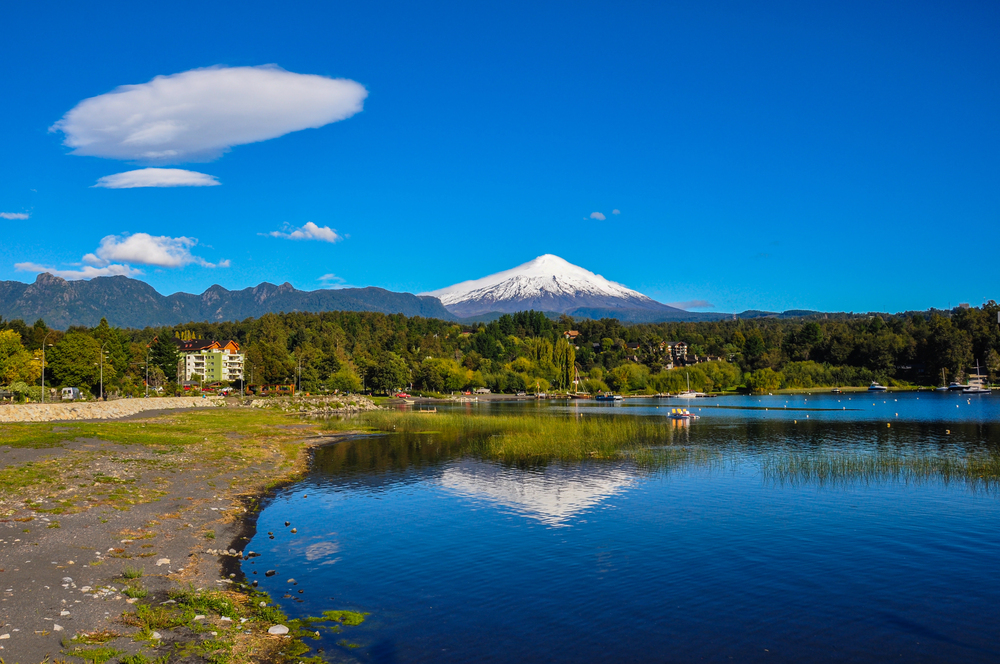
One of Chile’s most active volcanoes, Villarrica (9,341 feet), offers a unique opportunity to peer into an active lava lake. The climb combines snow travel with volcanic terrain, requiring basic ice axe and crampon skills.
The perfect cone shape rising above Lake Villarrica creates one of South America’s most photogenic scenes. During winter, the volcano transforms into a ski resort, providing year-round adventure opportunities.
Mount Teide, Spain
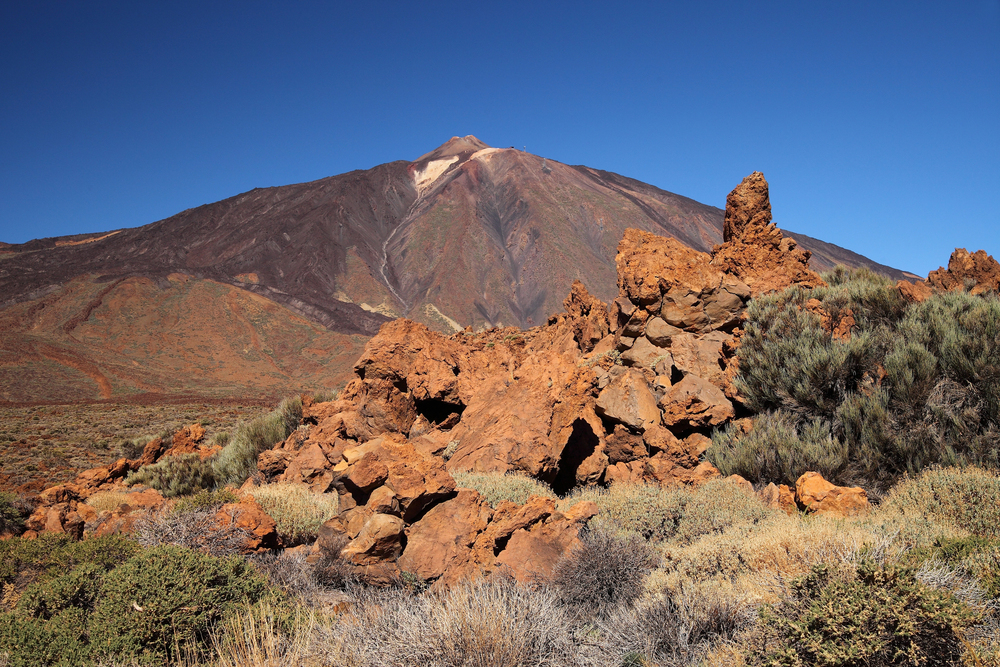
Rising 12,188 feet above the Atlantic Ocean on Tenerife in the Canary Islands, Teide is Spain’s highest peak and the world’s third-tallest volcanic structure from its base on the ocean floor.
The cable car provides easy access to the upper mountain, though the final ascent to the summit requires a permit. The surrounding national park features unique endemic plants and incredible stargazing opportunities in the clear island air.
Like Travel Pug’s content? Follow us on MSN.
Pacaya Volcano, Guatemala
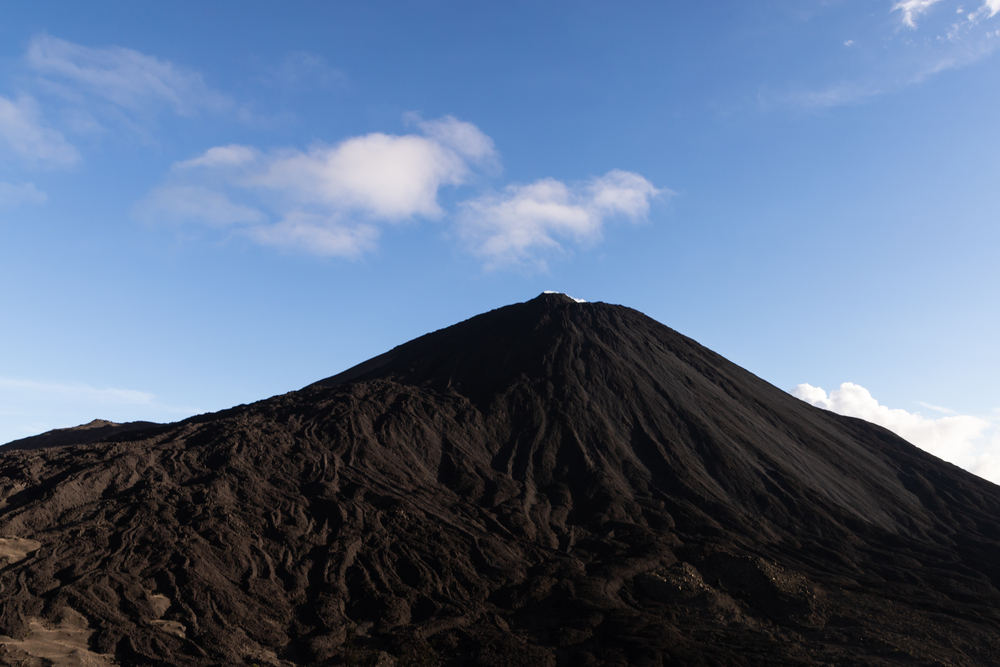
This 8,373-foot active volcano near Guatemala City offers one of the most accessible opportunities to witness volcanic activity up close. Regular small eruptions create spectacular lava displays, while the relatively easy hiking trails make it suitable for less experienced climbers.
Local guides often demonstrate the volcano’s heat by roasting marshmallows over hot rocks. The panoramic views stretch to neighboring volcanoes Agua, Fuego, and Acatenango.
Mount Stromboli, Italy
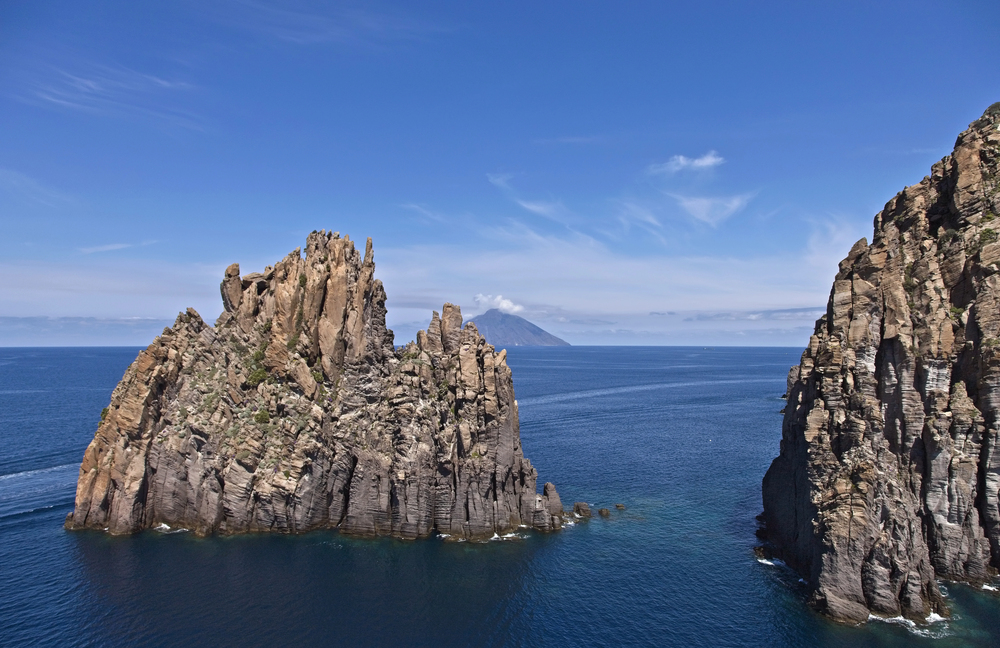
Known as the ‘Lighthouse of the Mediterranean,’ this perpetually active volcano rises dramatically from the Tyrrhenian Sea. The 3,031-foot peak regularly produces small explosions visible from the surrounding waters, earning it the nickname ‘Nature’s Fireworks Display.’
Evening climbs are particularly popular, allowing visitors to witness the spectacular volcanic activity against the dark sky. The black sand beaches and traditional Italian island lifestyle add to the unique experience.
Hekla, Iceland
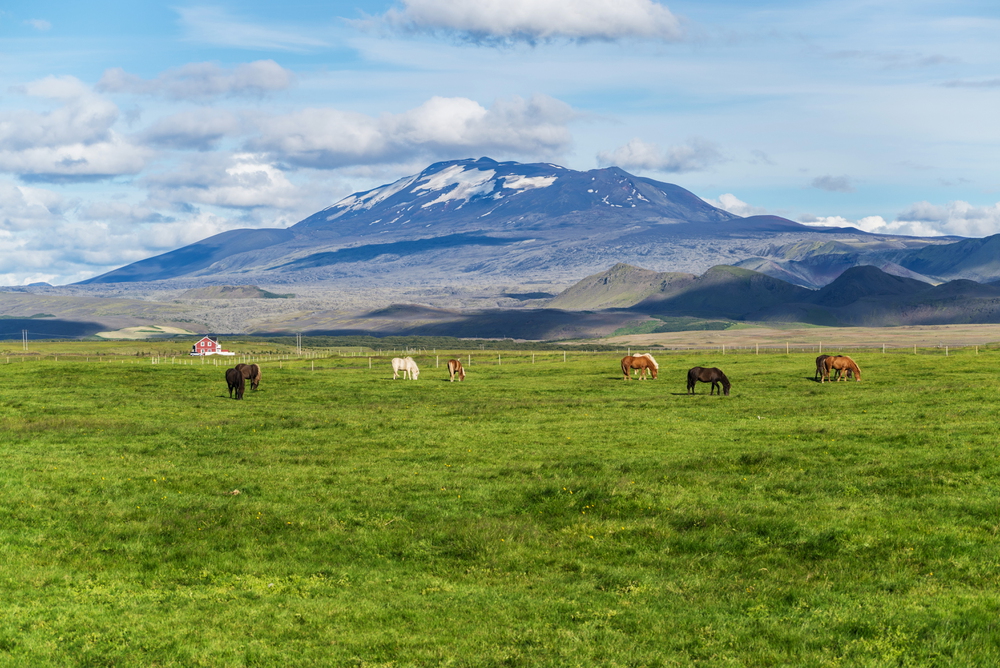
One of Iceland’s most active volcanoes, Hekla (4,892 feet), was known in medieval times as the ‘Gateway to Hell.’ The mountain’s unpredictable nature and frequent eruptions have shaped the surrounding landscape into a dramatic mixture of snow fields, lava flows, and ash deserts.
The relatively straightforward climb offers views over the country’s southern highlands and neighboring glaciers. The area’s stark beauty epitomizes Iceland’s raw volcanic character.
Like Travel Pug’s content? Follow us on MSN.
Mount Yasur, Vanuatu
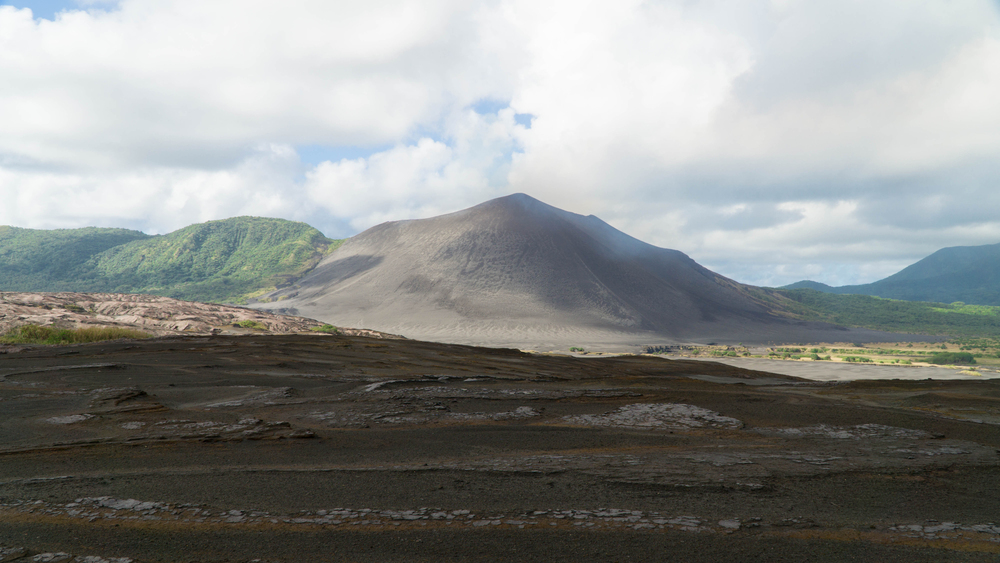
Considered one of the world’s most active and accessible volcanoes, Yasur (1,184 feet) provides a spectacular display of volcanic activity. The relatively low height makes it accessible to most visitors, while the constant strombolian eruptions create an unforgettable light show, especially at dusk.
The local Tanna islanders consider the volcano deeply sacred and share rich traditions about its significance. The mountain’s accessibility and reliable activity make it a photographer’s paradise.
Mayon Volcano, Philippines
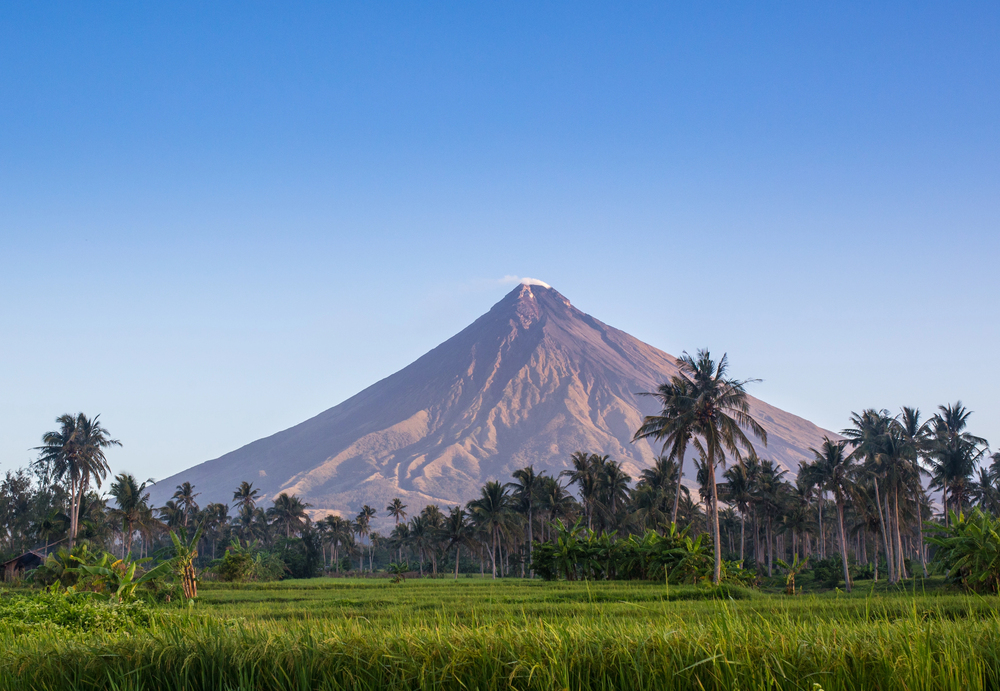
Known as the ‘Perfect Cone’ for its symmetrical shape, Mayon (8,077 feet) dominates the landscape of Albay Province. While climbing to the summit is restricted during periods of volcanic activity, the lower slopes offer excellent hiking opportunities through tropical forests and historic lava flows.
The volcano plays a central role in local folklore and has shaped the region’s culture and agriculture. The surrounding area features numerous viewpoints for appreciating the volcano’s perfect geometry.
Mount Vesuvius, Italy
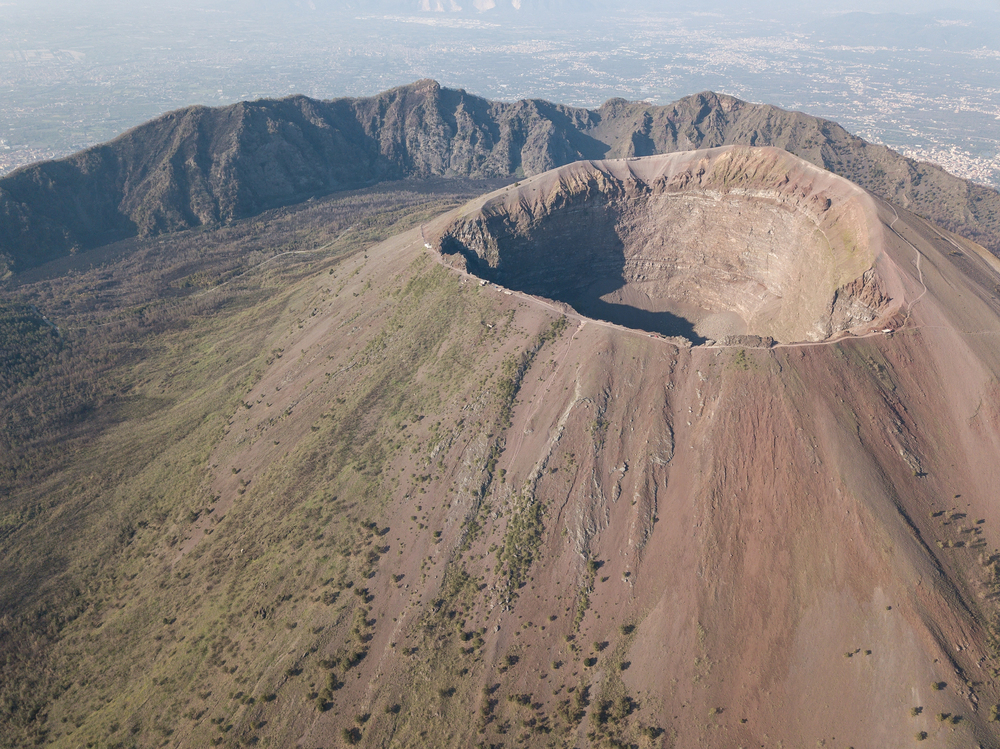
Perhaps the world’s most famous volcano, Vesuvius (4,203 feet), looms over Naples as a constant reminder of nature’s power. The relatively easy climb to the crater rim provides panoramic views of the Bay of Naples and the surrounding archaeological sites of Pompeii and Herculaneum.
The volcano’s summit trail reveals the dramatic crater and steam vents, while educational signs explain its historic eruptions. The mountain’s proximity to Naples makes it one of the most monitored volcanoes in the world.
Like Travel Pug’s content? Follow us on MSN.
Piton de la Fournaise, Réunion
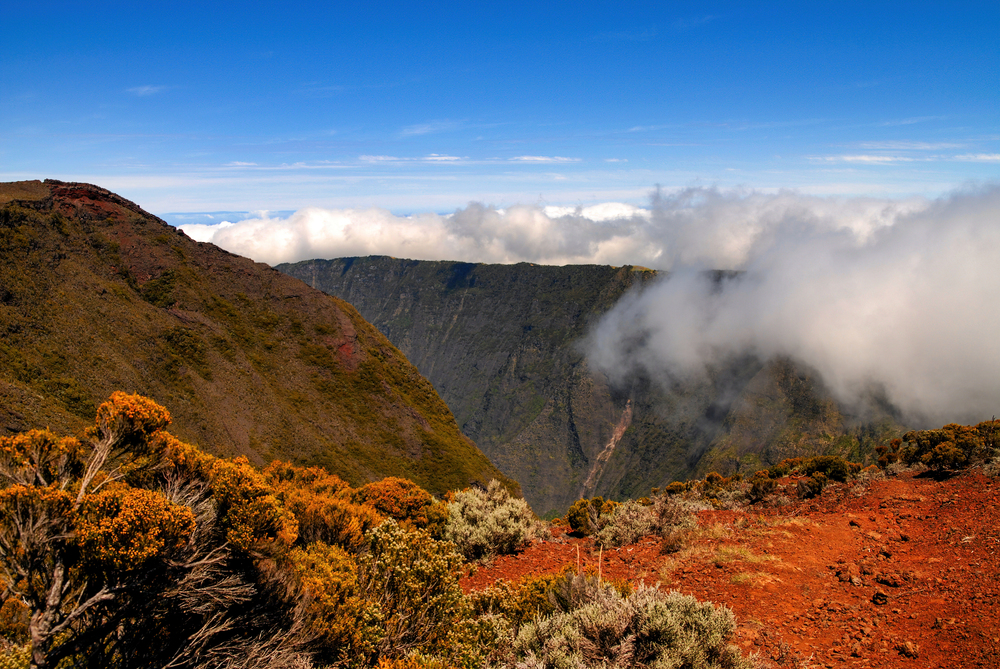
One of the world’s most active volcanoes, this 8,632-foot peak on Réunion Island erupts regularly, creating new landscapes with each event. The volcano’s accessibility and relatively safe eruptions make it an excellent destination for witnessing volcanic processes firsthand.
The surrounding national park features lunar-like landscapes, lush rainforests, and numerous hiking trails. The island’s French culture adds a unique flavor to this tropical volcanic adventure.
Mount Pico, Portugal
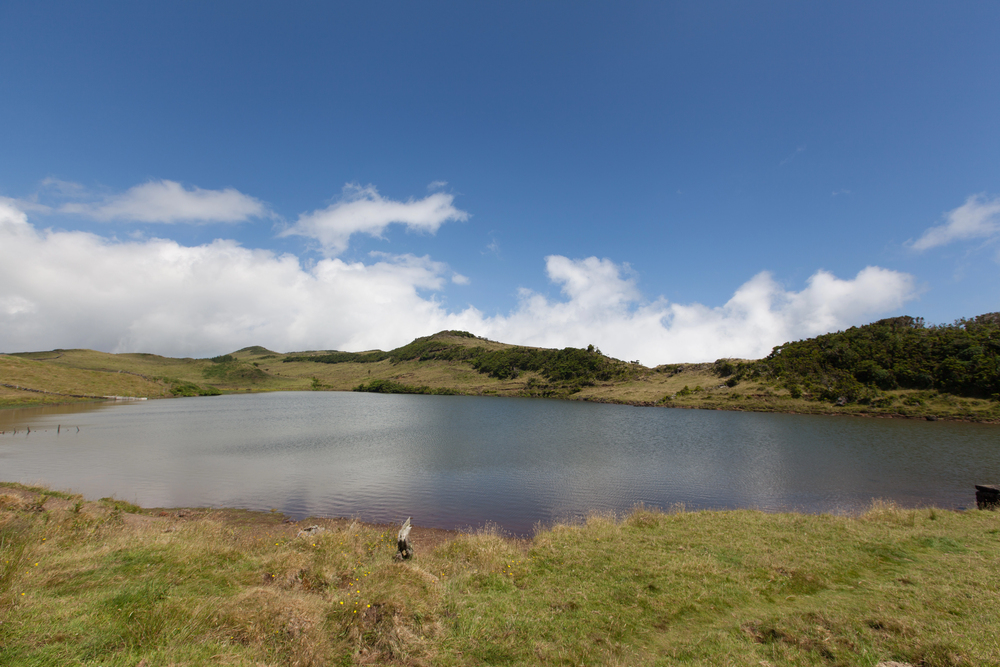
The highest peak in the Portuguese territory rises 7,713 feet from the Atlantic Ocean on Pico Island in the Azores. The perfect cone shape harbors unique ecosystems adapted to the volcanic environment.
The challenging climb rewards hikers with views across multiple islands and, on clear days, the curvature of the Earth. The surrounding landscape features historic whaling villages and UNESCO-listed vineyard culture that has adapted to the volcanic terrain.
Volcan Acatenango, Guatemala
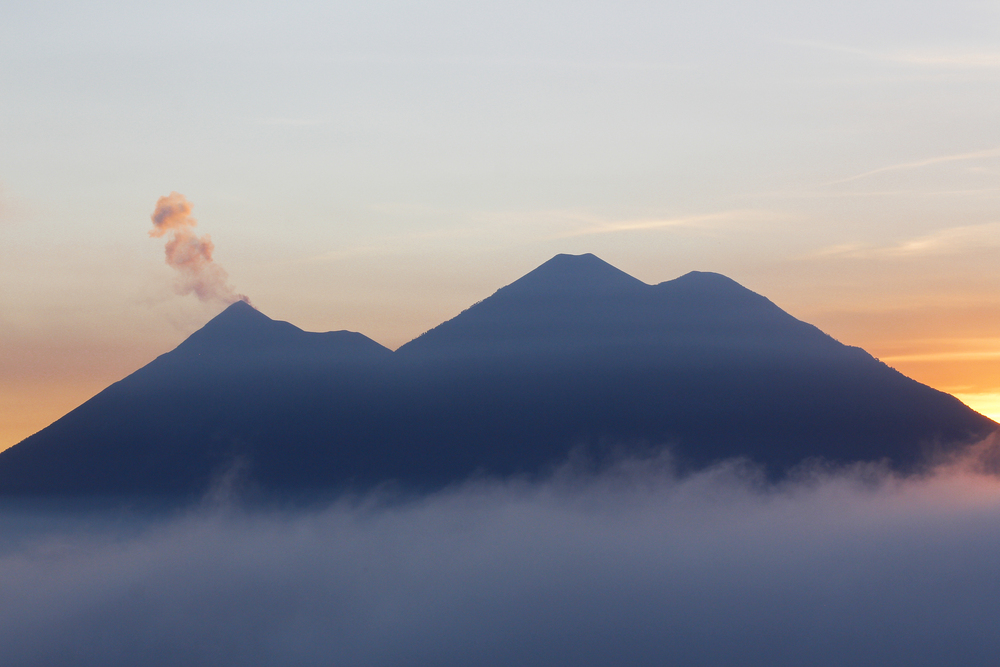
Rising to 13,045 feet, Acatenango offers one of the world’s most spectacular volcano-viewing experiences. The overnight trek to the summit provides front-row seats to neighboring Volcan Fuego’s regular eruptions.
Camping near the summit allows visitors to witness the pyrotechnic display throughout the night while experiencing high-altitude conditions. The climb passes through several ecological zones, from farmland through cloud forest to volcanic alpine environment.
Like Travel Pug’s content? Follow us on MSN.
Beyond the Summit
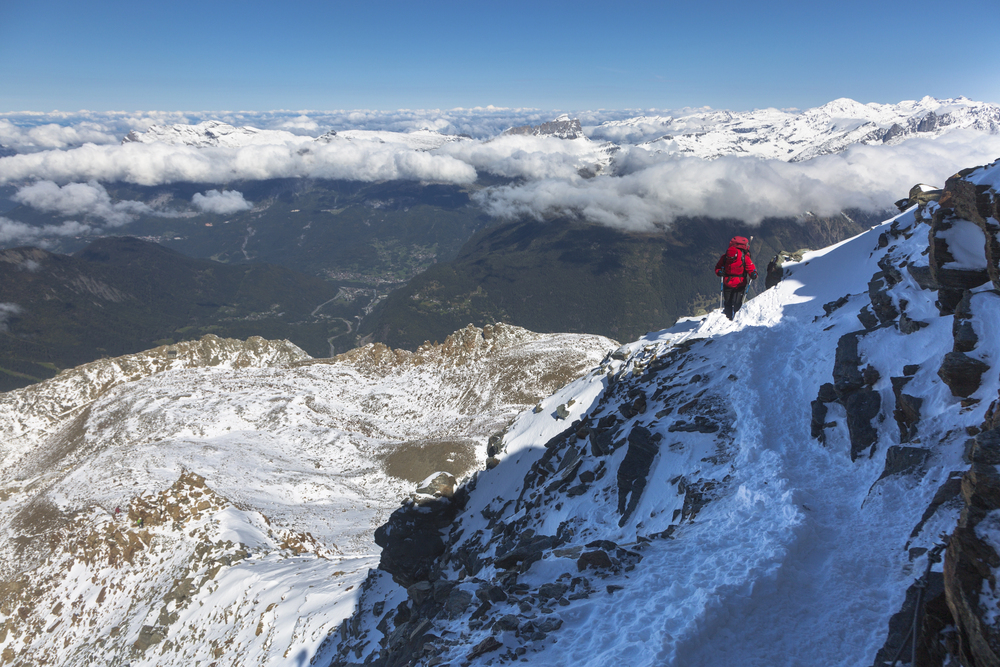
These 20 volcanoes represent just a fraction of the world’s climbable peaks, each offering unique challenges and rewards for the adventurous spirit. From technical glacier climbs to gentle walks through volcanic landscapes, there’s a volcanic adventure suitable for every skill level.
Remember that proper preparation, respect for local customs, and awareness of volcanic hazards are essential for a safe and memorable experience. These geological giants not only provide incredible climbing opportunities but also serve as windows into Earth’s powerful forces and humanity’s enduring relationship with these magnificent mountains.
More from Travel Pug

- 15 Dangerous European Cities to Avoid
- 15 Caribbean Islands Where Tourists Keep Getting Scammed
- The 20 Most Fascinating Abandoned Places: A Journey Through Time and Forgotten Spaces
- 15 Hidden Places in the Smithsonian Museums Locals Love: A Guide to Lesser-Known Treasures
- 16 Hidden Florida Beach Towns That Aren’t Overrun with Tourists
Like Travel Pug’s content? Follow us on MSN.
